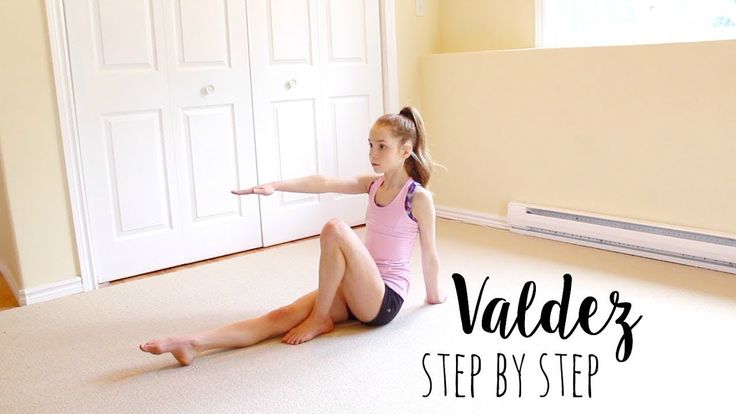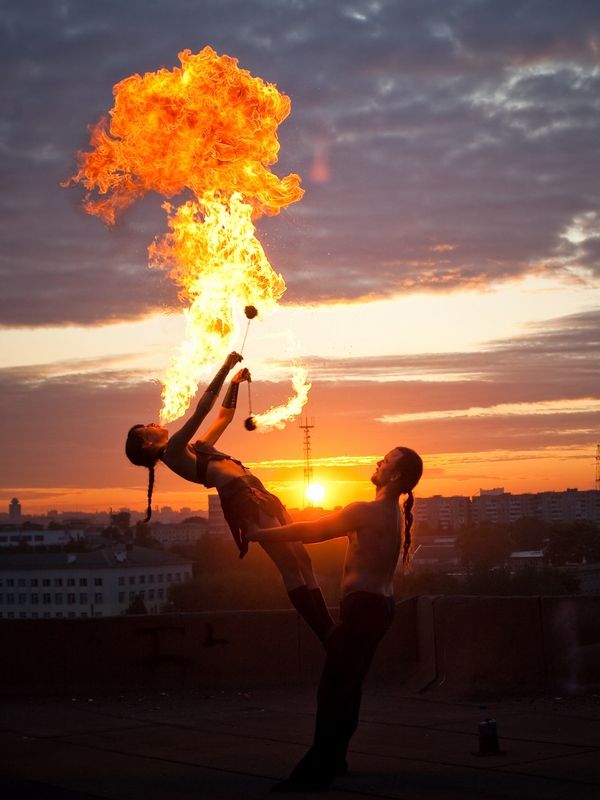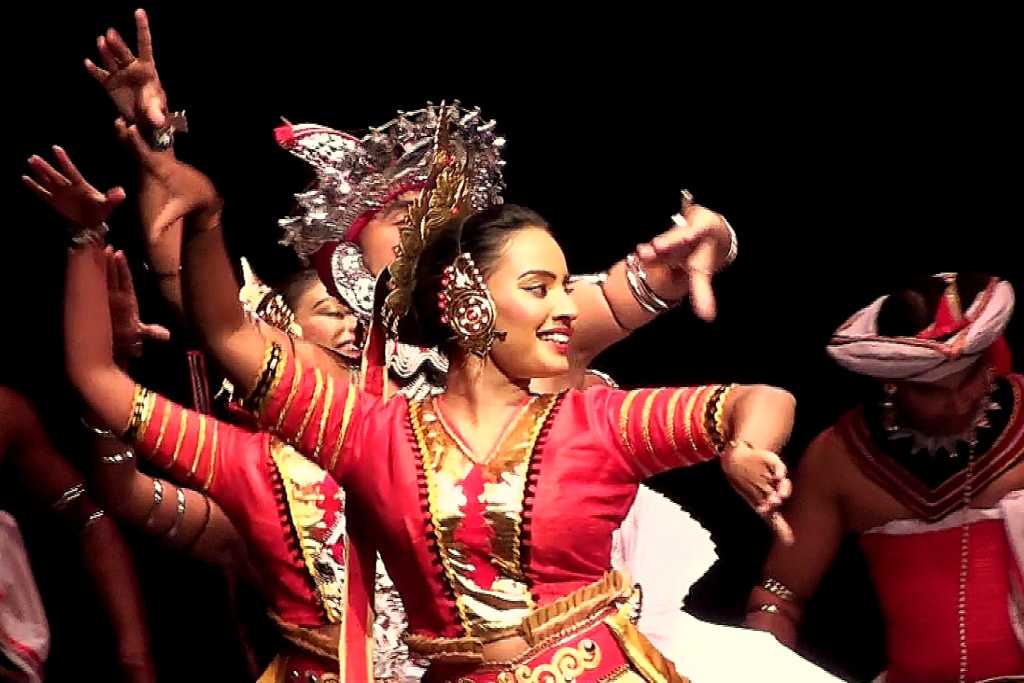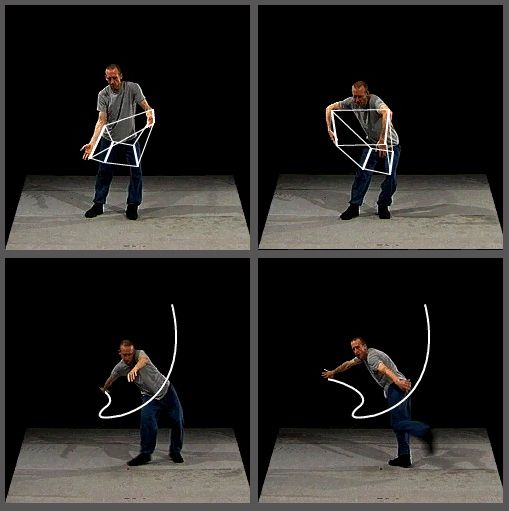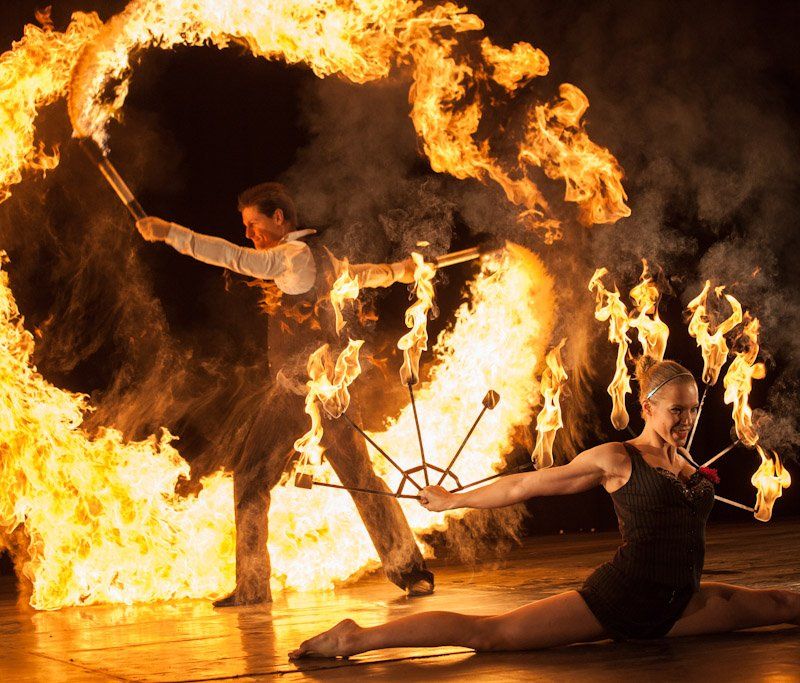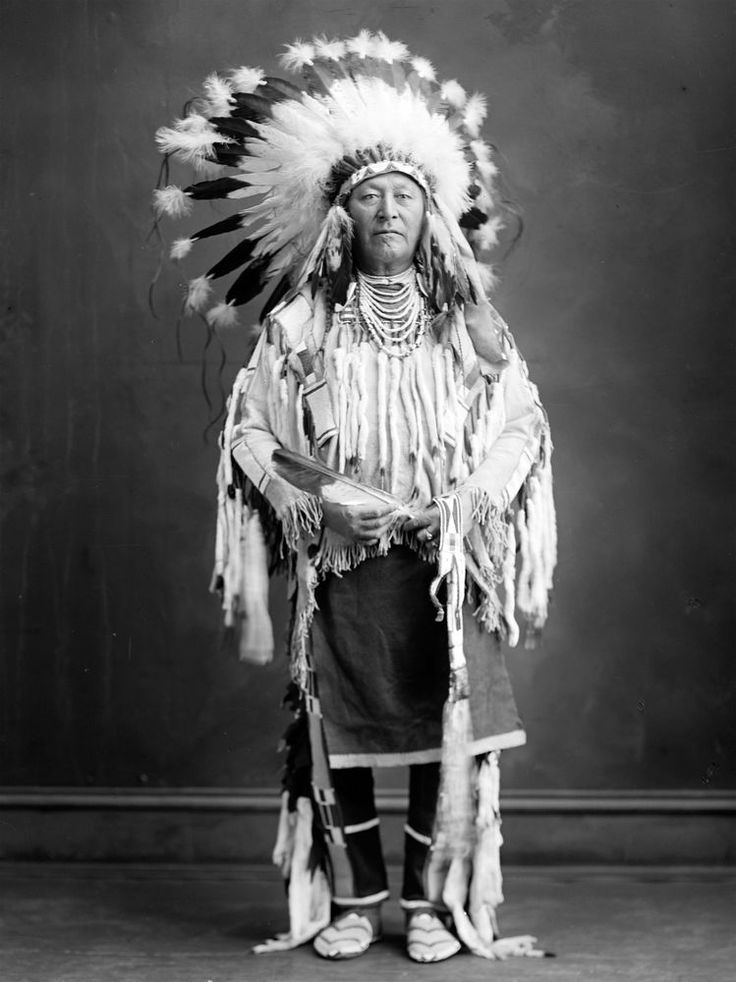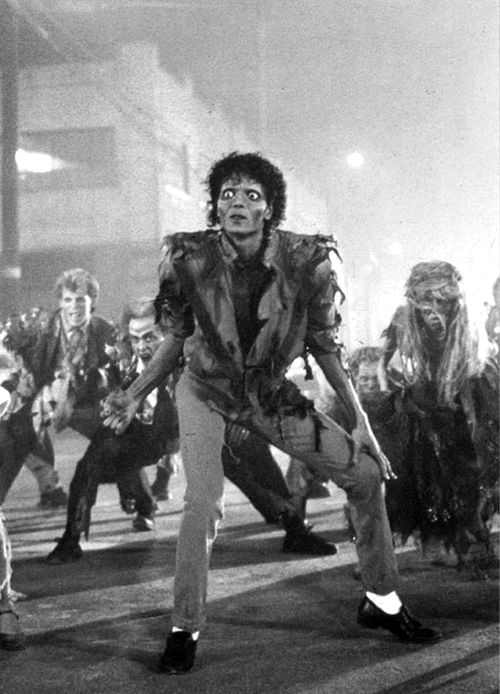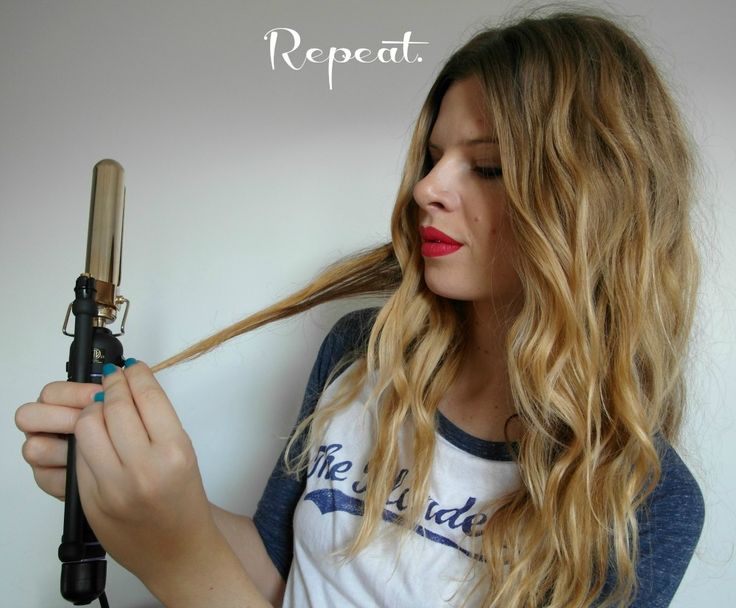How to do an axle turn in dance
404 - PAGE NOT FOUND
Why am I seeing this page?
404 means the file is not found. If you have already uploaded the file then the name may be misspelled or it is in a different folder.
Other Possible CausesYou may get a 404 error for images because you have Hot Link Protection turned on and the domain is not on the list of authorized domains.
If you go to your temporary url (http://ip/~username/) and get this error, there maybe a problem with the rule set stored in an .htaccess file. You can try renaming that file to .htaccess-backup and refreshing the site to see if that resolves the issue.
It is also possible that you have inadvertently deleted your document root or the your account may need to be recreated. Either way, please contact your web host immediately.
Are you using WordPress? See the Section on 404 errors after clicking a link in WordPress.
How to find the correct spelling and folder
Missing or Broken FilesWhen you get a 404 error be sure to check the URL that you are attempting to use in your browser. This tells the server what resource it should attempt to request.
http://example.com/example/Example/help.html
In this example the file must be in public_html/example/Example/
Notice that the CaSe is important in this example. On platforms that enforce case-sensitivity example and Example are not the same locations.
For addon domains, the file must be in public_html/addondomain.com/example/Example/ and the names are case-sensitive.
Broken ImageWhen you have a missing image on your site you may see a box on your page with with a red X where the image is missing. Right click on the X and choose Properties. The properties will tell you the path and file name that cannot be found.
This varies by browser, if you do not see a box on your page with a red X try right clicking on the page, then select View Page Info, and goto the Media Tab.
http://example.com/cgi-sys/images/banner.PNG
In this example the image file must be in public_html/cgi-sys/images/
Notice that the CaSe is important in this example. On platforms that enforce case-sensitivity PNG and png are not the same locations.
404 Errors After Clicking WordPress Links
When working with WordPress, 404 Page Not Found errors can often occur when a new theme has been activated or when the rewrite rules in the .htaccess file have been altered.
When you encounter a 404 error in WordPress, you have two options for correcting it.
Option 1: Correct the Permalinks- Log in to WordPress.
- From the left-hand navigation menu in WordPress, click Settings > Permalinks (Note the current setting. If you are using a custom structure, copy or save the custom structure somewhere.)
- Select Default.
 index.php$ - [L]
index.php$ - [L]
RewriteCond %{REQUEST_FILENAME} !-f
RewriteCond %{REQUEST_FILENAME} !-d
RewriteRule . /index.php [L]
</IfModule>
# End WordPressIf your blog is showing the wrong domain name in links, redirecting to another site, or is missing images and style, these are all usually related to the same problem: you have the wrong domain name configured in your WordPress blog.
How to modify your .htaccess file
The .htaccess file contains directives (instructions) that tell the server how to behave in certain scenarios and directly affect how your website functions.
Redirects and rewriting URLs are two very common directives found in a .htaccess file, and many scripts such as WordPress, Drupal, Joomla and Magento add directives to the .htaccess so those scripts can function.
It is possible that you may need to edit the .htaccess file at some point, for various reasons.This section covers how to edit the file in cPanel, but not what may need to be changed.
There are Many Ways to Edit a .htaccess File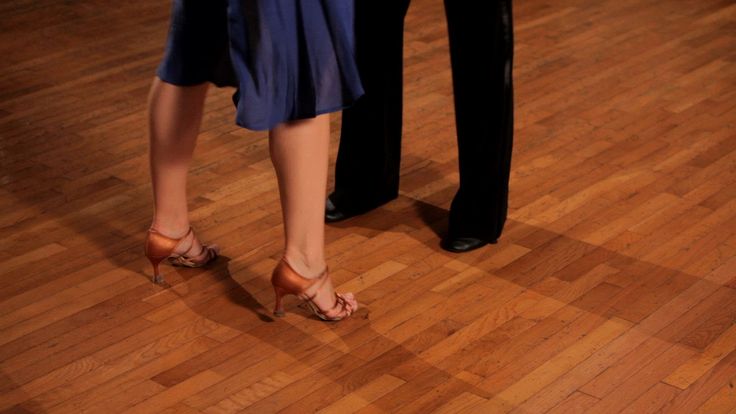 (You may need to consult other articles and resources for that information.)
(You may need to consult other articles and resources for that information.)- Edit the file on your computer and upload it to the server via FTP
- Use an FTP program's Edit Mode
- Use SSH and a text editor
- Use the File Manager in cPanel
The easiest way to edit a .htaccess file for most people is through the File Manager in cPanel.
How to Edit .htaccess files in cPanel's File ManagerBefore you do anything, it is suggested that you backup your website so that you can revert back to a previous version if something goes wrong.
Open the File Manager- Log into cPanel.
- In the Files section, click on the File Manager icon.
- Check the box for Document Root for and select the domain name you wish to access from the drop-down menu.
- Make sure Show Hidden Files (dotfiles)" is checked.
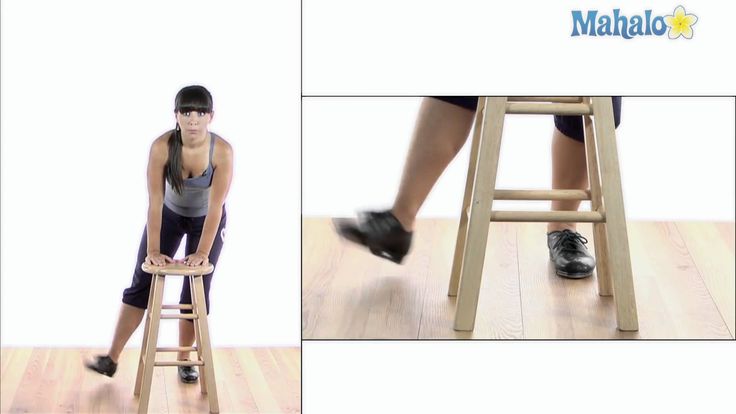
- Click Go. The File Manager will open in a new tab or window.
- Look for the .htaccess file in the list of files. You may need to scroll to find it.
- Right click on the .htaccess file and click Code Edit from the menu. Alternatively, you can click on the icon for the .htaccess file and then click on the Code Editor icon at the top of the page.
- A dialogue box may appear asking you about encoding. Just click Edit to continue. The editor will open in a new window.
- Edit the file as needed.
- Click Save Changes in the upper right hand corner when done. The changes will be saved.
- Test your website to make sure your changes were successfully saved. If not, correct the error or revert back to the previous version until your site works again.
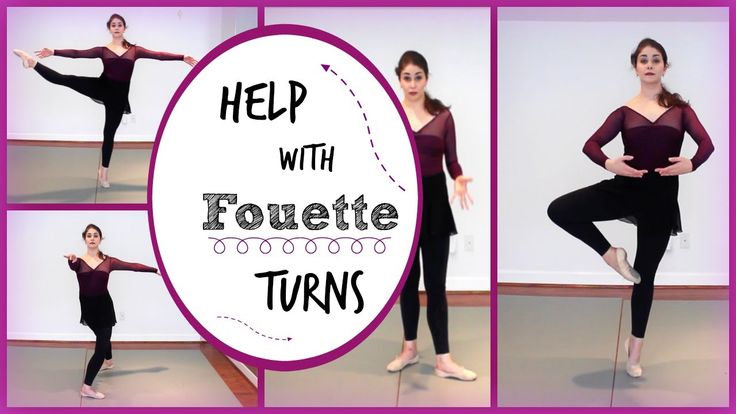
- Once complete, you can click Close to close the File Manager window.
Jazz Dance Terminology A-Z
Ad Lib: Means to “improvise”. This term was coined by jazz musicians.
Axel Turn: An axle turn is basically two turns in one. It starts with a chainé turn then without stopping one leg goes to passé position and the other joins it in a jump before landing. The arms pull in for the chainé - then for the axel jump one stays in first position front while the other opens to second then circles above your head and down.
Ball Change: This is a change of weight between both feet. Change weight and do a stamp-stamp.
Barrel Jump: Basically a jump in the air with both legs bent back from the knee and both arms in the air in any basic pose.
Barrel turn: A turn with your arms straight out but one is higher then the other and as you turn the arms switch heights.
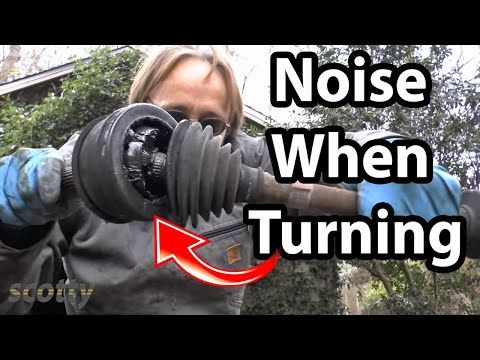 The arms can stay opened or closed during the actual turning action. The body stays bent forward and the dancer spots the floor or to the front.
The arms can stay opened or closed during the actual turning action. The body stays bent forward and the dancer spots the floor or to the front. Bounce: Basically a swing type step or bounce to a step.
Cake Walk: A type of diagonal walk with each step the foot raises as far up as to the knee – like an obnoxious type of exaggerated walk almost with an arched back. This was developed in the old days back when slavery was still happening and the black entertainers would do this walk to imitate the white high society as a parody. So it was a comical satire that turned into a dance step!
Cat Walk: A type of walk where one leg smoothly crosses over the other in a tango like fashion or a “cat like” way with the other foot bending back from the knee and the other extends forward.
Catch Step: This is a flat footed ball change.
Chassè: A basic ballet move that is used in all styles. A chasse is a kind of gallop where one foot chasses the other.
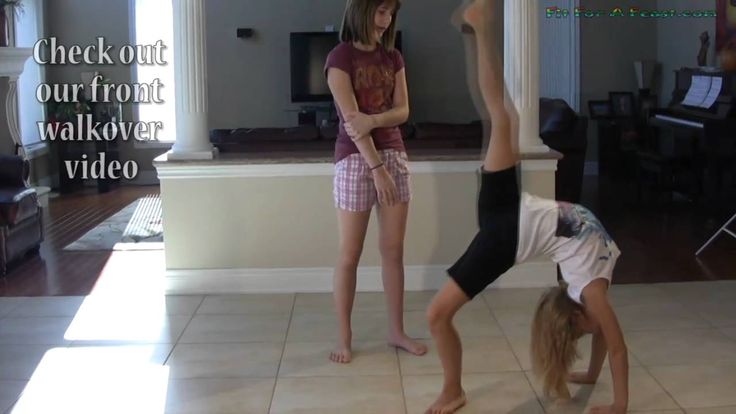 It is a traveling step.
It is a traveling step.Coffee Grinder: This is a turning step that starts with a pirouette fouetté jump and one leg is bent while the other is in 2nd position. So do the fouette and a little jump while in mid turn. Others say this movement is closer to the ground while the body squats and one leg is bent and positioned unfer the working leg. Then the straight, free leg does a floor circle around your body and the supporting leg hops over the working leg as it is going – which describes more of a Russian move that a breakdancing move is now derived from. Both types of movement are basically called the same thing but the former is a more typical jazz mvoement.
Contract: A basic modern movement used in all styles. This is where the dancer contracts the mid section and pull back against a movement for emphasis.
Curve or “arch”: This is the opposite of a contraction. The mid section pushes forward and the back arches curving the back.
Dolphin: This is a movement where the body flows in a snake type movement starting from the chest moving up.
 Shakira does this a lot! By the way, this movement is named several different things! We can call it the “s” move, the snake etc etc..
Shakira does this a lot! By the way, this movement is named several different things! We can call it the “s” move, the snake etc etc..Drop and Recover: This is more of a modern dance step but can be used in jazz as well. It’s when a dancer has to drop to the floor in a controlled fall from a position.
Fall: A way for the dancer to fall to the ground in a graceful and controlled movement that appears natural.
Fall Over the Log: A step where the dancer steps out onto one foot while the other foot lifts and points at the knee of the other. In ballet terms it would be considered a “piquè passé”.
Fan Kick: This is a round about kick where the body stays aligned but the leg kicks high in a fan motion starting inward and around or vice versa.
Figure 8: This movement you will see in mambo or the like and belly dancing even: it is when the hips smoothly roll around in the trace of the figure eight.
Flick: A jazzy and sassy way of doing a développe enveloppé.
 Basically the working leg sneaks up the supporting leg and flicks out straight ahead.
Basically the working leg sneaks up the supporting leg and flicks out straight ahead.Flick Kick: Another ballet move done in a jazzy way which is basically a développé battement. This is when the working leg again sneaks up the supporting leg in a passé then jets out to a high kick in a flicking motion. This is a very “Fosse” like movement.
Freeze: Just what you think it means…to freeze a movement! This type of movement (or lack thereof) is more of an accent on music then a movement. It gives a moment flare and emphasis in a subtle way.
Funk: This is more of a energy then a specific movement that tells the dancer to get into the music and ride with it or grove with it in a loose and fun way. Funk is also a rhythm and a type of music.
Head-roll: Speaks for itself! A head roll is letting the head move around it’s entire circular access in a controlled but relaxed fashion while the body stays aligned and in position. Head and hand rolls where a very popular movement Bob Fosse used.
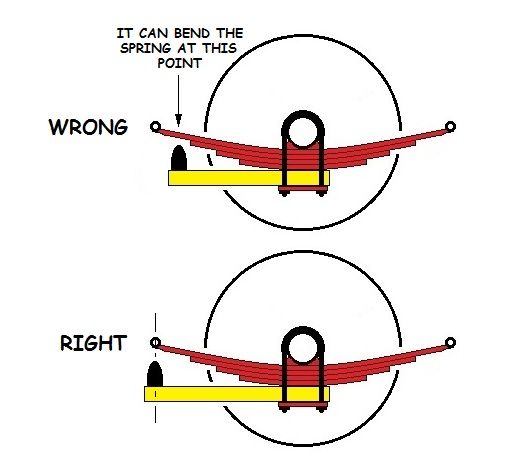 He liked small rolling movements as in his choreography from “Cabaret”.
He liked small rolling movements as in his choreography from “Cabaret”. Hinge: This is when the body is aligned but it is being tipped from the knees down with the feet on the ball pushing it forward.
Hip Walk: A basic jazz walk that jets the hips out in a circular sexy movement with the arms rounded in back while in pliè.
Hip-fall: This is a controlled drop to the floor whether on knees or feet and a slide through till the body is on the floor on it’s side and one arm is straight out against the floor.
Hip-roll: This is an isolated roll of the hips while the rest of the body stays in position.
Hitch Kick: This is like the famous “Karate Kid” finale kick! You give a little jump up with one knee in the air, and as soon as you kit the ground the other leg whips into a high kick. The former move is a preparation for the high kick
Hop: This is a jump off of one foot that lands on the same foot. Like in hop scotch…
Jazz Drag: This is a jazz walk or hip walk with a drag in it.
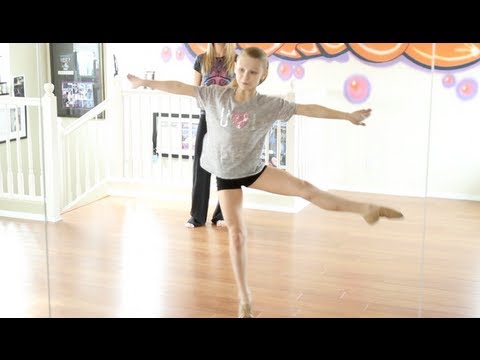 Sort of a dragging jazz walk.
Sort of a dragging jazz walk.Jazz Run: A running jazz walk! This requires a fluidity and grace to make it look natural and not awkward.
Jazz Split: This is a split on the floor with the back leg bent upward from the knee. Sometimes the knee can be grabbed or the head can be arched back towards it.
Jazz Square: This is a smooth four step movement, example: step out on your right leg, step back with your left, cross over with your right leg and step forward with your left. A full square movement in a sassy jazzy motion.
Jazz Walk: A low gravity type of walk where the body is in pliè and the shoulders and arms are curved in opposition while walking forward. This is without a hip roll. The Hip walk is the same but with a hip roll.
Jump Over the Log: This is a jump from one leg to the other that is a little more grand but not big enough to make a flying leap. It’s a control leap from one leg to the other. In jazz a slick and catlike form must be kept for the movement to “gel”.
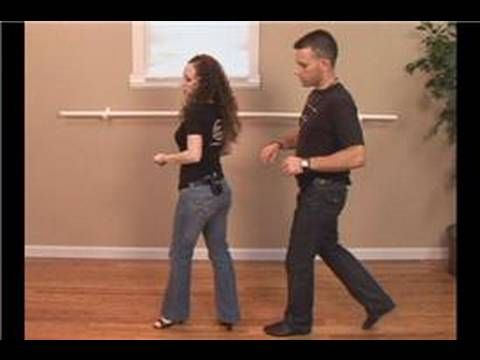
Kick: This is a high kick that throws the working leg in the air in a controlled manner, while the supporting leg and body stay properly aligned in the jazz
Lyrical: Smooth Sustained Movement
Lay Out: This is the jazz moves of all jazz moves. The layout is a difficult one to master for some. The body must be flexible to kick out and within’ the kick the body will lean into it with the leg still high, and the entire torso will follow it until it’s parallel with the floor and the arms follow behind (or above) it
Limbo: We’ve all done or seen the limbo! Basically walking in a hinge and sometimes adding a shimmie to the shoulders.
Mess Around: This is a static turn that starts with one leg that crosses over the other and brings the body around in a 360 degree two legged turn (in ballet it’s called a soutenu). The head sometimes roll as do the hips and the arms are straight out in opposition like an “airplane” move.Moonwalk: Michael Jackson originated this one…
Pencil Turn: This is a spin on both feet where the body is straight and the body spins a few times with ease.
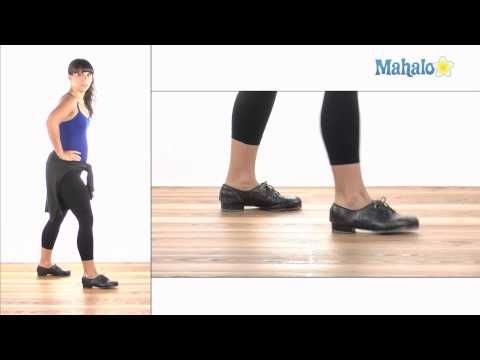
Pitch: Often the position is a deep arabesque with the playing leg up in the sky and the chest towards the floor hitting the standing led. It's a very dynamic movement often done after a pirouette (turn + pitch).
Pivot Step: This is a step forward (or in any direction) with a pivot right after.
Primitive Squat: This is a hop forward into a deep 2nd position (see ballet terms) pliè. But in jazz, you won’t be required to be turned out as much (whew)! This is to make the move more sassy then classical…as is jazz ;)
Release:The opposite of contract. A release is only done after the contraction. It is a “letting go” of whatever forced movement or pose your body was in.
Ripple: A snake movement which starts at the pelvis and works it’s way up to the torso and moves in either direction one after the other. The actual “snake” starts from the head though – this differs cause it starts (again) from the pelvis
Shimmie: This movement is done from the shoulders. One shoulder moves forward while the other moves back and is done really fast in a shake.
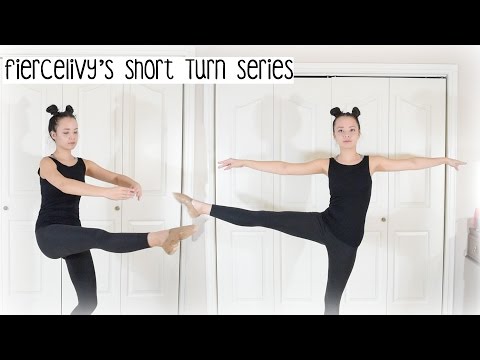 This movement is also a type of “breast” shaking movement in burlesque dancing (just so you get the picture)!
This movement is also a type of “breast” shaking movement in burlesque dancing (just so you get the picture)!Shiver: This is a controlled tremble throughout the entire body. The small muscles must contract and tighten so they twitch very quickly.
Shoulder Fall: This movement started from Martha Graham and her series of “controlled falls”. Basically the dancer arches back almost into a backbend but pushes the body out when it would otherwise backbend or hit the ground so the body slides back leaving you on the ground flat on your back.
Shoulder Roll: An isolation movement of the shoulders. A shoulder roll!
Sissonne Fall: A controlled side fall after doing a “sisonne” which is a sissor like kick out to the side where you push out on two feet while the body flies sideways and one leg kicks up higher then the other. Then after you fall out to the side in a controlled manner with one arm being out flat against the ground as your hip and one same side leg will be.
Skate: This is a skating movement like a speedway skater.
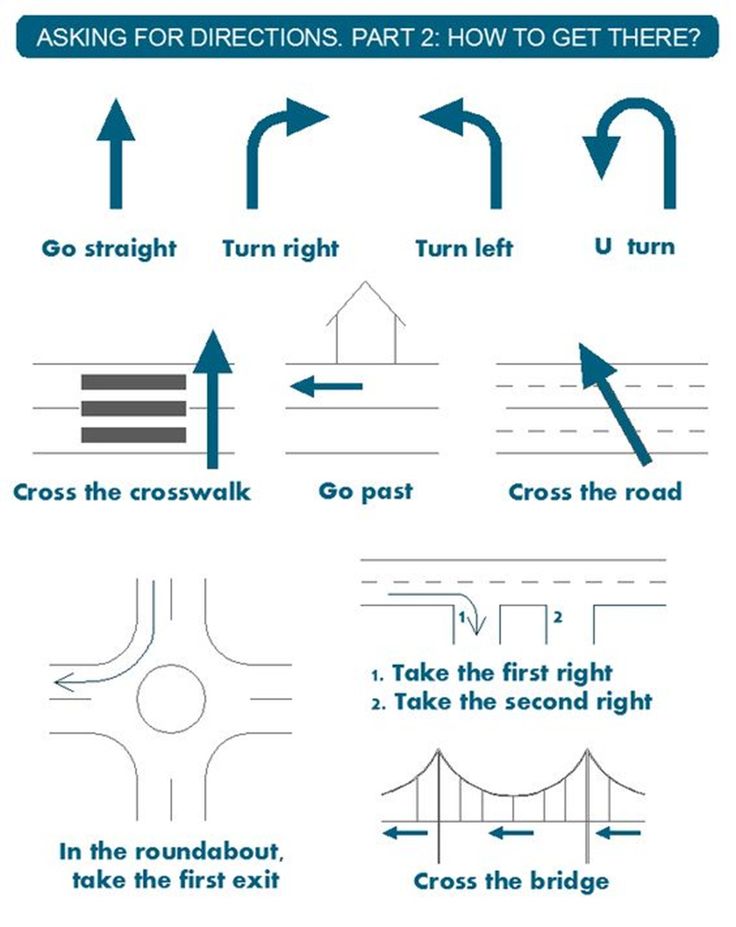 The leg pushes in then pulls out side forward then the other leg does the same.
The leg pushes in then pulls out side forward then the other leg does the same.Snake: Think “80s” – think “Paula Abdul” – the snake is an S movement starting from the head and curving the body sideways in a smooth and slinky movement all the way throughout the body and going to the other side in a seamless way.
Snap: A finger snap – like in West Side Story! Oh so jazzy…
Spins: Continuous moving turns (a.k.a. chainès).
Spiral: The spiral is a turn that turns the spine around in separate order. The top will be around faster then the bottom of your body or vice versa.
Stag Leap: This is a high leap or jump in a split but with the front leg bent from the knee inward.
Step: Step…need I say more?
Switch: This is a way to switch the working leg. Moving the working leg back so that the other leg is now free for the next movement.
Table top: 2nd parallel with a straight back tilting flat (like a table).
Tilt: High développé in a 2nd position with the body tilting to the opposite direction.
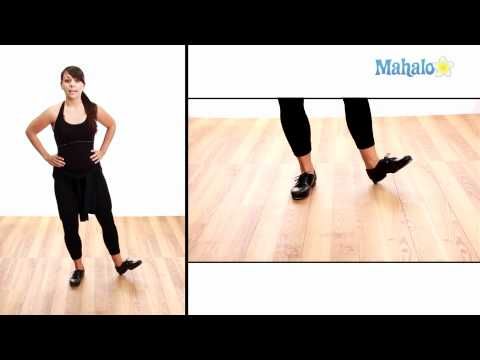
Touch: This is touching your pointed foot to the floor with a quiet energy.
Tripplettes: Diagonal walking at ¾ tempo (originated from Graham).
Turns: Turning on the beat.
Twists: Pivoting from one foot to the other.
Worm: Dolphin going backwards with steps or chassés.
Rotations and turns in dancing (practice)
- Posture
Rotations are performed with a taut and even body, "coccyx retract", "long neck", chin looks up. This will help you balance and tighten the axle needed for long term spins.
- Dot
All dancers know to "hold the dot" to spin, but I wonder if you can change dot fast enough? In order to rotate long and hard, you need to train a sharp and lightning-fast change of point. The point should be kept at the level of your eyes and a little higher. Don't look at the floor or you'll end up there.
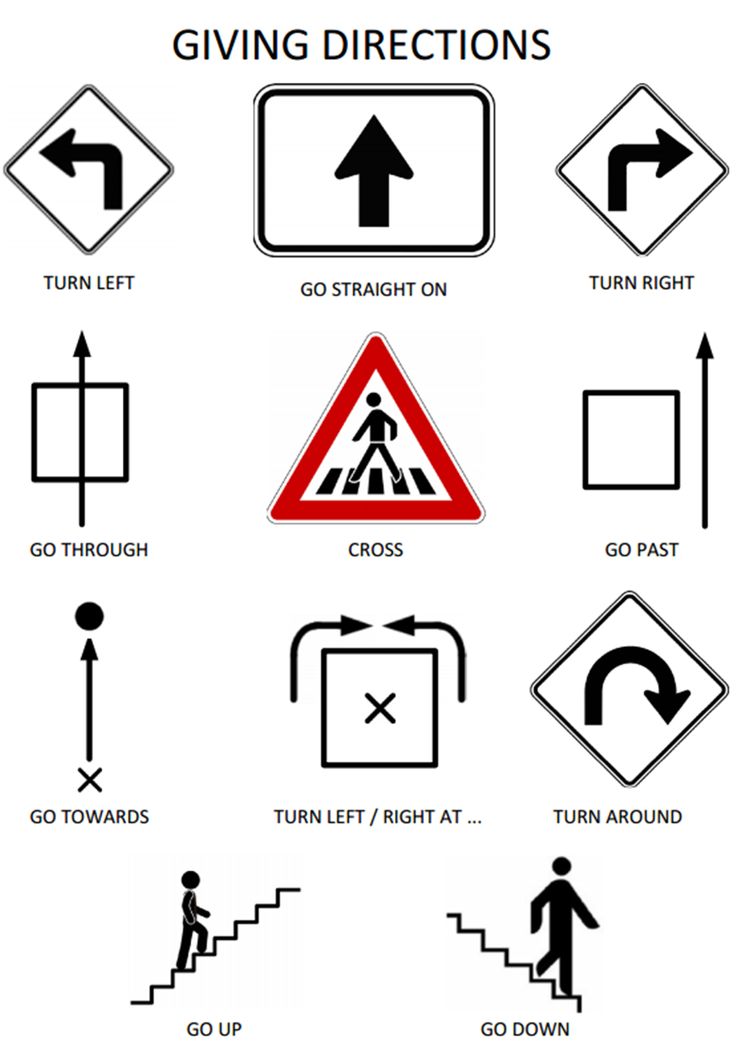
- Alignment (cross)
Concentrate on aligning the line of the shoulders with the line of the pelvis, they should be parallel. If you do not align the lines of the shoulders and pelvis during the beginning of the rotations, you will not be able to catch the balance and your rotation will not be long, a maximum of 3 pirouettes. To do this, you should train in front of a mirror, stand in a relevé and make sure that the lines of the shoulders and pelvis (hips) are parallel. Also, in front of the mirror, you should control the position of the body, become sideways and make sure that you are not leaning forward or leaning too back.
- Balance
When pirouettes, you balance on a half-finger (relev), practice balance without rotation. If you can’t stand on a half-finger without spinning, then you won’t be able to stand in a turn either. Practice balance on half toes without rotation, train both the left and right foot, you should stand eight counts at a very slow pace, this will strengthen your axis.
 What type of spin do you train, classic turnout or jazz closed? Practice every type of balance until you can, it will come in handy in your career as a dancer, modern show groups use all kinds of techniques.
What type of spin do you train, classic turnout or jazz closed? Practice every type of balance until you can, it will come in handy in your career as a dancer, modern show groups use all kinds of techniques. - Your thumb
Where does your thumb point when you rotate it? If your finger is not pointing in the same direction as your knee, this rotation is not considered correct and you will not be able to achieve a multi-spin. Stand on your half-finger and make sure you don't "clubfoot" that your thumb is pointing in the same direction as your knee. There is nothing worse than a clubfoot dancer! If the foot is placed correctly, the weight is also distributed correctly and you will be able to build the best axis for rotation. Make sure that during the rotation you do not jump on the half-toe, do not "play" up and down and your instep is stretched as much as possible. Throughout the rotation, you should stand on the maximum possible half-finger.
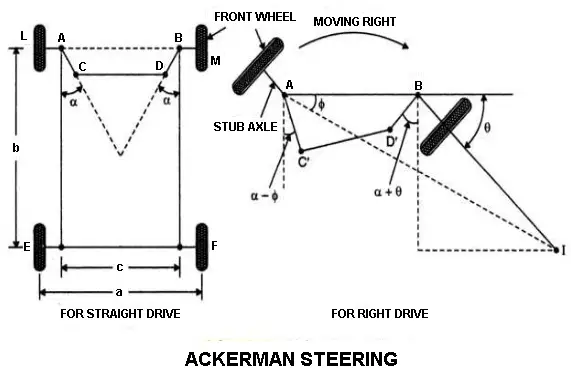
- Use the dance floor (parquet)
Push off the deep plié floor with all your strength to set the maximum possible rotational energy. Imagine a Devil in a Box spring toy, you push it down into the box and when you open it, it kind of shoots up with maximum force, while you direct this energy into rotation with your hands. Push off from the plié with enough force to get on your half toe and extend your knee, and of course not more than necessary, otherwise you can not resist. Also, there is a technique in which, during the performance of the plie, the dancer exhales and then briefly inhales during the first turn, which allows you to increase the moment of rotation using an additional force.
- Matching shoes
Depending on the choreography, wear specialized dance shoes. It is not recommended to do rotation without shoes, you can comb the skin on the balls of the feet.
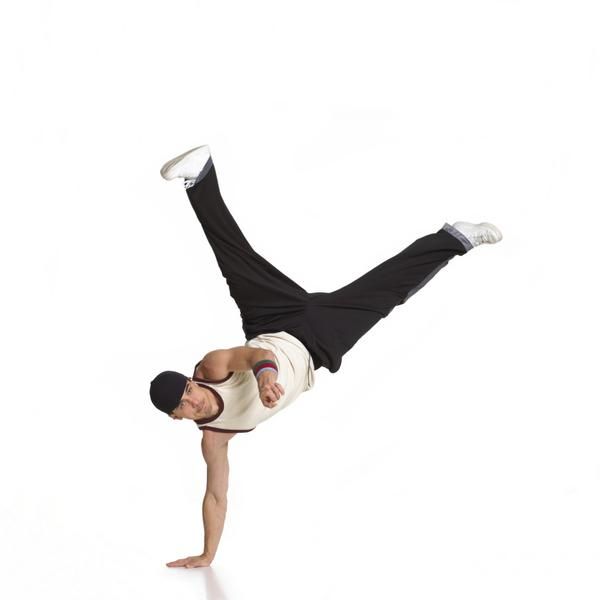
- Arms
Have you noticed that when doing a series of pirouettes, the arms are closer to the body in subsequent turns than in the first turn? Quite right! During a series of pirouettes, it is very important not to lose the energy of rotation, for this the dancer must skillfully collect his hands to the body, distribute energy for each turn, so that in each subsequent turn the hands are a little closer than in the previous ones. Try it in practice, if you do not bring your hands together, then the rotation will not be fast and not long, but if you sharply take your hands to the body, then you will sharply spin at a higher speed. Now that you know what to do, you should train the most important condition - while bringing your hands together, hold the "cross" (the line of the shoulders and the line of the pelvis should be parallel).
- Pulling
Imagine that while you are spinning, someone is pulling you up by the top of your head.
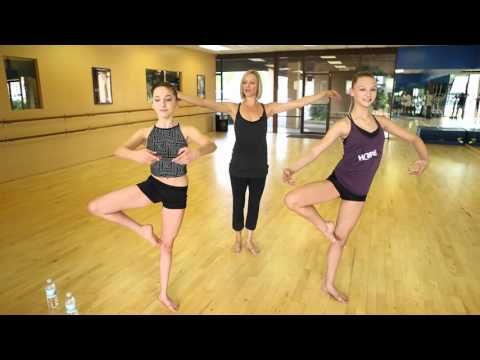 This will allow you to keep a straight axis and rise as high as possible on the half-finger with the involvement of the main muscles of the body.
This will allow you to keep a straight axis and rise as high as possible on the half-finger with the involvement of the main muscles of the body. - Practice
Pirouette, like a circus trick, performing a series of pirouettes requires long hours of regular practice.
"When I was preparing to break the world record, I worked out at least three days a week for several hours. And it took about a year for me to start rotating from 19Turns and spins | Belly dance
So far we have only talked about moving in a straight line with a change of direction. with this task, we can diversify our dance to infinity.The most difficult thing in rotational movements is to overcome dizziness and not lose orientation in space.If any of you had a chance to do choreography in childhood, then it will not be difficult for you, since rotations are characteristic of many dances, from classical to folklore.For those who have never encountered this in their lives, let's reveal a little secret.
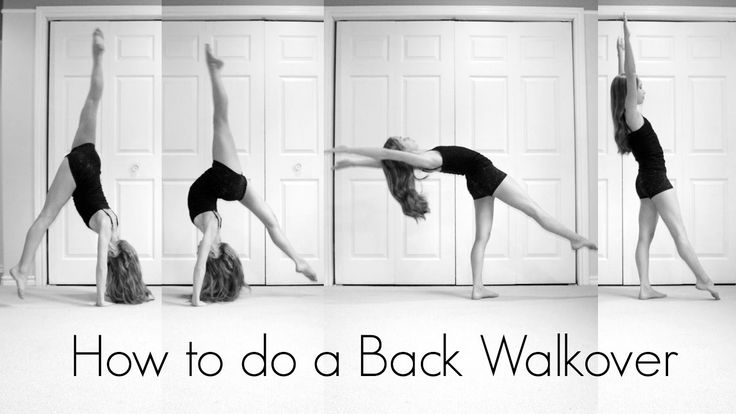 In order not to feel dizzy during rotation, you need to kind of "catch" your gaze on some point in space.It could be a picture hanging on the wall, someone's face or just a nail.But after each turn, you must return your eyes to this subject. Try this and you will notice that it not only reduces dizziness, but also helps you stay in the same place during the rotation.
In order not to feel dizzy during rotation, you need to kind of "catch" your gaze on some point in space.It could be a picture hanging on the wall, someone's face or just a nail.But after each turn, you must return your eyes to this subject. Try this and you will notice that it not only reduces dizziness, but also helps you stay in the same place during the rotation. There are several ways to perform a rotation. Consider the most popular.
Pivot
Stand with your feet about the length of your foot. Imagine that your spine is an axis. Start stepping over your feet, moving as if around your own spine, constantly returning your gaze to the same point. Repeat the movement several times clockwise and several times counterclockwise.
Single leg rotation
Get into the starting position. Shift your body weight onto your right leg. Imagine as if an invisible axis passes through this leg. Start moving your left foot in a circle, keeping your right foot on the floor, only slightly twisting it after your left.
 Make a few turns, not forgetting to “cling” to a point in space with your eyes. Stop. Shift your body weight to your left leg. Repeat the rotation in the other direction.
Make a few turns, not forgetting to “cling” to a point in space with your eyes. Stop. Shift your body weight to your left leg. Repeat the rotation in the other direction. Square rotation
Place left foot straight and turn right foot at 9 angle towards it0 degrees. Take a step with your left foot so that the feet are parallel to each other. Rotate your right leg again at a 90-degree angle to your left leg. Again, place your feet parallel. Make a full circle in this way and continue moving further in the same direction. Stop. Repeat the same movement several times in the opposite direction.
Once you get the hang of turning and spinning easily and simply, you can try to fix your eyes on the ceiling. But don't try to do it right away. The head may not be spinning, but a collision with the wall is guaranteed. Also, later on, you will learn to focus your eyes on some object in your hands, such as a bedspread or a cane, or simply on your own palm. But at first, you still shouldn't do it.

Hand positions in dance
We have already spoken at the beginning of the book about the special significance of gestures in oriental dance. But, in addition to the encrypted meaning, you need to think about the simple spectacular effect that a gesture has in any dance. Hand drawing is extremely important for creating style. You will not confuse with anything the wide gestures “from the chest” in Russian dance, the specific throwing of the arms up and back in the gypsy girl, the flamenco hands laid behind the back.
Belly dance also has its own characteristic hand positions. First of all, these are all movements that draw attention to the work of the hips. Most hand positions provide a good view of the hip line, that is, the arms are raised up.
Here are the most common hand positions in oriental dance:
1. One arm is freely raised up, the other is lowered down and slightly bent. The position of the hands resembles the letter "S". This is a very stylish and elegant pose (Pic 50).

2. One arm is raised up, the other, bent at the elbow at chest level, tends to it. This position is very suitable for all unilateral movements (photo 51).
Photo 52
3. One arm extended forward, the other behind the ear. It turns out very coquettish and sensual (photo 52).
4. One arm is extended forward and turned palm up, the other is slightly bent and raised up. This movement looks very advantageous when stepping forward.
5. Both hands are raised up and folded “in a frame”. The ideal position for head shifts (photo 53).
6. Palms facing the floor, folded with middle fingers under the chin and slightly arched upwards. This gesture will also favorably emphasize head movements.
7. Arms raised up like a "V". This gesture is very well suited for dynamic, fast dance movements.
8. Arms spread out to the sides and slightly bent at the elbow - this gesture is most common in belly dance.
